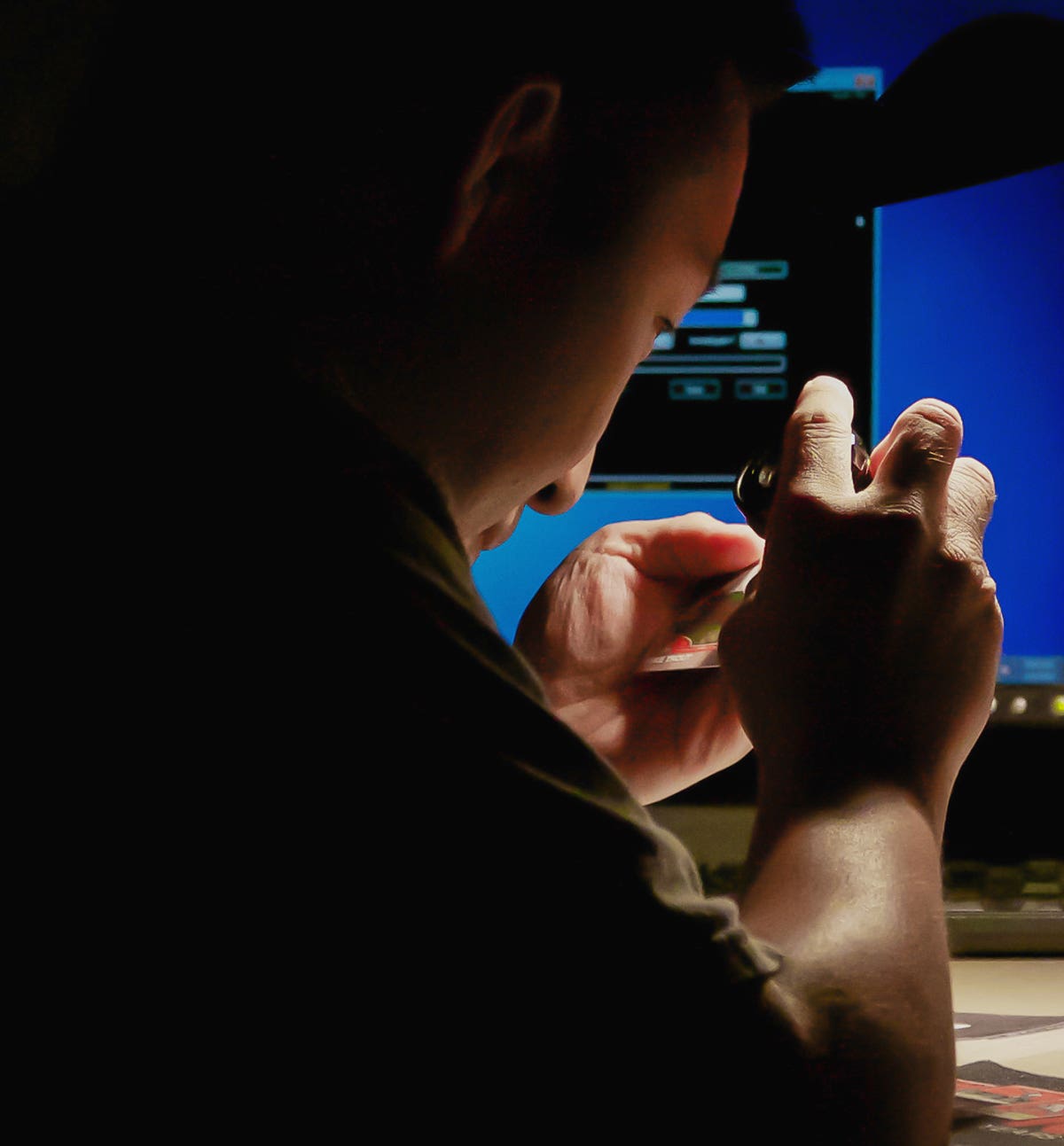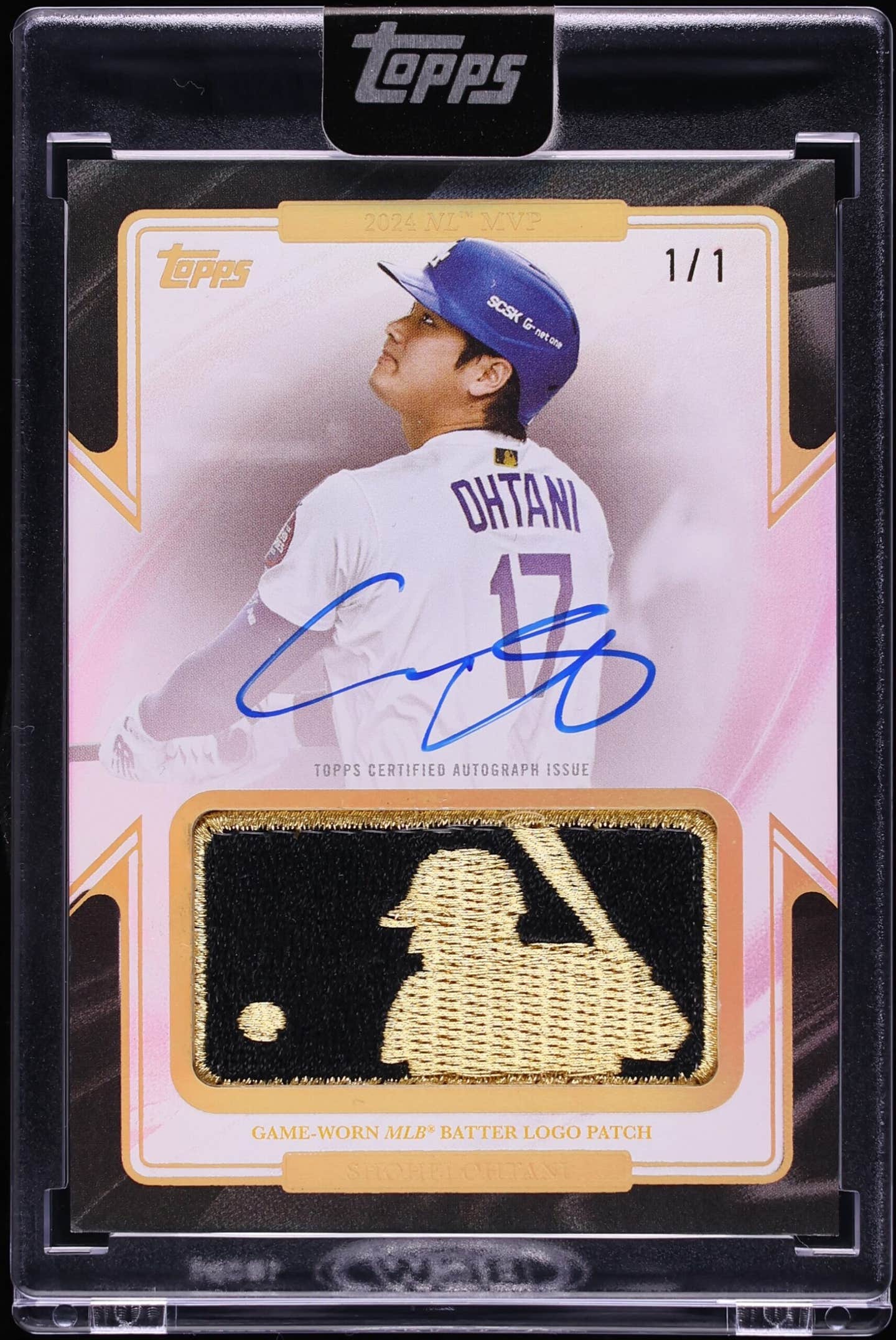News
Fingers explains the payday and the superstition that started the 1970s Mustache Gang
By Ross Forman
His home was filled with way too much sports memorabilia, relics from an illustrious, Hall of Fame career from 1968-1985 that included stints with three teams: the Oakland A’s, San Diego Padres and Milwaukee Brewers.
So, a few years ago, Rollie Fingers sold most of his memorabilia.
“I just got rid of it,” he said.
But in his garage he spotted a pair of those vintage, game-worn, dirty white spikes from the Oakland A’s. He threw them in an auction and the shoes sold for $7,800.
“I went back out to the garage, looking for more (pairs of) shoes, (unfortunately) I couldn’t find any,” he said, laughing.
Fingers, who turned 70 on Aug. 25, was a three-time World Series champion, a seven-time All-Star, a four-time Rolaids Relief Man of the Year, and three-time MLB saves champion. He was the American League Most Valuable Player Award and Cy Young Award in 1981. And in 1992 he became only the second reliever to be elected to the National Baseball Hall of Fame. Fingers also is one of only a few Major Leaguers to have his number retired by more than one team (Oakland and Milwaukee).
Despite all his feats, it’s one feature that most stands out: his neatly groomed handlebar mustache.
Back in 1972, while pitching for Oakland, teammate Reggie Jackson arrived at spring training with a mustache and wouldn’t shave it off. So, Fingers and teammates such as Jim ‘Catfish’ Hunter and others decided to grow a mustache, too. “We thought (manager) Dick Williams would insist everyone would have to shave off their mustache, including Reggie. That was the only reason we did it,” Fingers said.
But when team owner Charles O. Finley learned of his mustached team, he said that the mustaches would be a great gimmick to bring people to the ballpark, “so he told us that, if you make the ball club (out of spring training), and have a mustache on Opening Day, he’d give you $300,” Fingers said.
“Yep, the only reason I grew this (mustache) was for $300.”
And sure enough, on Opening Day, Finley gave the money to players and the coaching staff.
“Then we started winning, and since baseball players are the most superstitious animals in the world, we didn’t want to shave them,” Fingers said.
Fingers and the A’s were World Series champions in 1972, 1973 and 1974, and he was the 1974 World Series MVP.
“We had a great bunch of guys, great players, (including) Reggie Jackson, Catfish Hunter, Vida Blue, and others. We were always in the hunt (for the playoffs); we were always playing well,” Fingers said. “I enjoyed my years in Oakland immensely.”
He pitched for the A’s from 1968-76, then went to the Padres from 1977-80. Fingers finished his career with the Brewers, leaving the game after the 1985 season.
Fingers had a 114-118 lifetime record, but was anchored by his 341 career saves and 2.90 ERA. Plus, he had 1,299 career strike outs.
“We had some great years in Milwaukee, too,” Fingers said.
“I got to play with a lot of (then-future) Hall of Famers, such as Robin Yount, Paul Molitor, Reggie Jackson, and others in my career. It was a fun career, and it’s always fun to win.”
Such as, 1981, when the Brewers made it to the playoffs. “It was kind of a Disney Land year in 1981 – everything went right; nothing went wrong,” Fingers said. “I think I only gave up one run all season in Milwaukee. Sure, there was a lot of luck involved in a season like that, but still.”
Fingers was an All-Star annually from 1973-76, then also in ‘78, ‘81 and ‘82.
“It was nice to be chosen (an All-Star), but I never really had any luck in those games,” Fingers said. “It got to the point where I didn’t want to be chosen for the All-Star Game because I kept getting ripped (in those outings).
“Overall though, it’s fun to get chosen (for the All-Star Game) because then you know you’ve done well, that you’re having a good season (at that point). Plus, it was always fun getting to hang out with other players who you normally don’t get the chance to.”
The right-handed throwing Fingers said the hitters who he hated to face the most were line drive hitters, such as Pete Rose, George Brett, Rod Carew, Wade Boggs and others. “Those contact hitters who were hard to strike out,” he said. “I’d much rather have faced a home run hitter, such as Frank Robinson or Harmon Killebrew. They had more holes in their swings, thus they were easier to strike out (than the contact hitters).”
Fingers’ pitching idol was fellow Hall of Famers Sandy Koufax. After all, Fingers grew up in Southern California, and he now calls Las Vegas home. “(Koufax) was my hero growing up. Now I go to the Hall of Fame and have dinner with him. That’s kind of surreal,” Fingers said.
Fingers doesn’t watch too much baseball on TV nowadays. “I just can’t sit and watch a whole game on TV, and I don’t go to the (home games of the) AAA team in Las Vegas, where it can be 100-plus degrees (at game time),” he said.
Fingers appeared this past June at the Tristar Productions Sports Collectibles Show in Houston.
“I don’t do too many shows (anymore, but) when you first get in the Hall of Fame, you could do a signing every weekend because everyone wants autographs from the new guy. But now I’m the old guy,” Fingers said, laughing. He attends one or two shows annually.
“I’ve (still) got some (sports memorabilia that I collected over the years), not a whole lot,” he said. Fingers usually grabs a dozen signed baseballs from the new Hall of Fame inductees annually, and those balls are then used in charity auctions.
“Some people will ask you to sign just about anything.”
Case in point, the card show about 15 years ago in Phoenix. This man took off his prosthetic leg, placed it on the table, had Fingers sign it, and then he put it back on and walked away. The leg had about 100 other signatures on it.
“That was the craziest thing I’ve ever signed,” Fingers said.
Fingers’ paper trail dates back to his 1969 Topps rookie card (No. 597). He also has appeared on cards from Hostess, Fleer, Upper Deck, Donruss, Flair and other makers.








